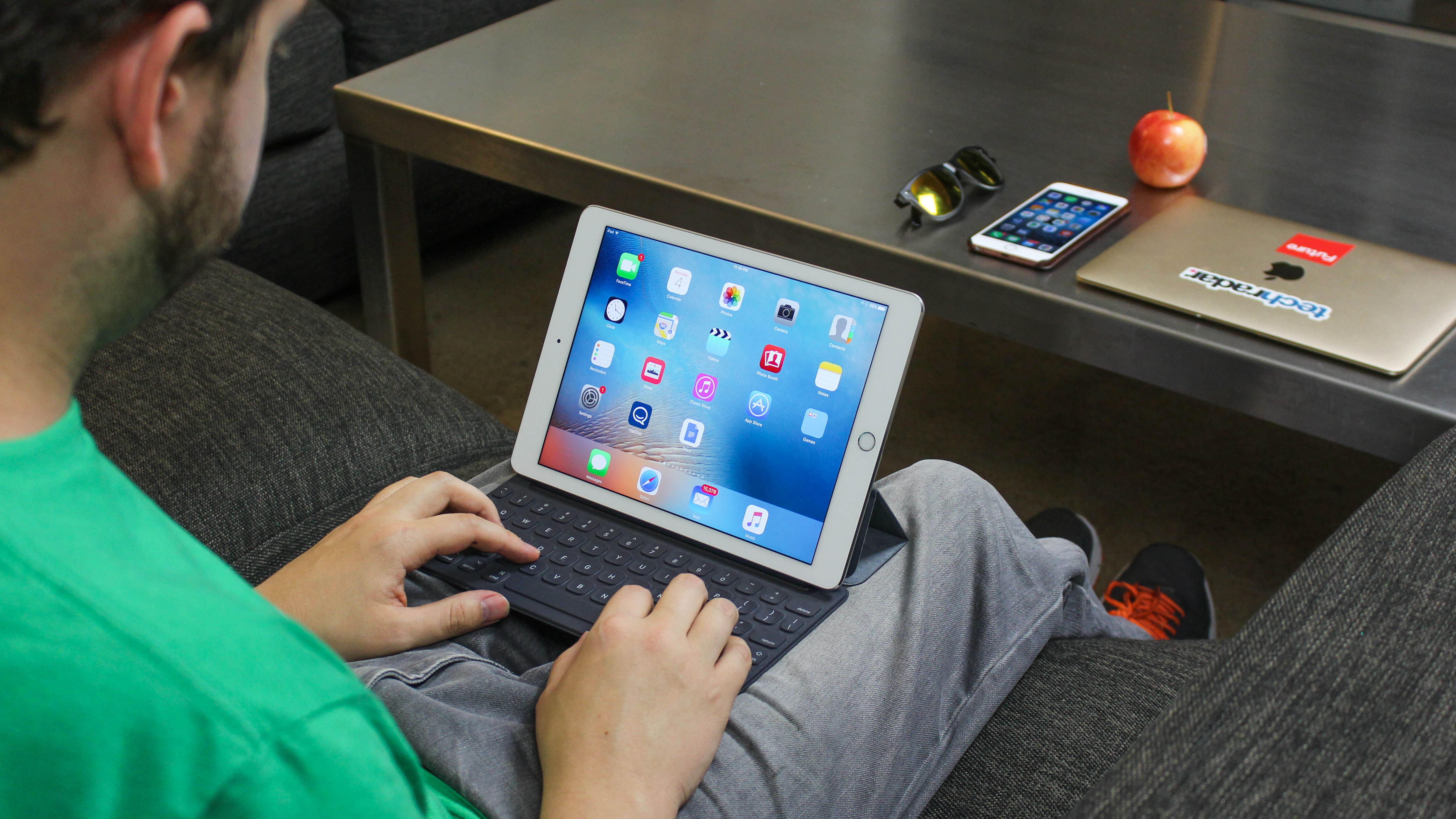Sales figures show that Android tablets may be on the way out
2-in-1s like the iPad Pro and Microsoft's Surface devices are booming

According to new figures on the tablet market from IDC – stats which include pure slates and detachables (2-in-1s) – shipments have slumped massively (again), but detachables (and Windows) are picking up strength as has previously been predicted.
In total, the second quarter of 2016 saw 38.7 million units of tablets and detachables shipped, which represents a major drop of 12.3% on the same period last year.
Without giving exact figures in its statement, IDC said that pure tablets still account for just over three quarters of the market, meaning that detachables now represent almost a quarter of sales.
Jitesh Ubrani, senior research analyst with IDC's Worldwide Quarterly Mobile Device Trackers, commented: "The market has spoken as consumers and enterprises seek more productive form factors and operating systems – it's the reason we're seeing continued growth in detachables."
And those hybrids don't run Android, of course – they're powered by either Windows or iOS (the latter meaning Apple's new iPad Pro models).
Interesting times
Ubrani added: "At present, it's difficult for Android to compete with iOS or Windows detachable products. However, the next 12 to 18 months will be very interesting as Google launches the next version of Android with better multi-tasking support and as they begin to bring together their two operating systems."
Android still holds the lion's share of the overall market, though, with 65% of devices, and iOS following on 26%, with Windows on 9%.
Are you a pro? Subscribe to our newsletter
Sign up to the TechRadar Pro newsletter to get all the top news, opinion, features and guidance your business needs to succeed!
As for individual tablet vendors, Apple is predictably still on top with a market share of 25.8%, even though its shipment numbers dropped 9.2% year-on-year to 10 million units. The launch of the second (smaller) iPad Pro helped shore sales up, and also raised the company's average selling price, meaning more revenue.
Samsung was in second place although it slumped 24.5% year-on-year dropping to 6 million units shipped and a market share of 15.6%. Lenovo was in third place on a 6.6% market share, doing well with its hybrids, followed by Huawei on 5.6%. Amazon was in fifth place on 4%.
Darren is a freelancer writing news and features for TechRadar (and occasionally T3) across a broad range of computing topics including CPUs, GPUs, various other hardware, VPNs, antivirus and more. He has written about tech for the best part of three decades, and writes books in his spare time (his debut novel - 'I Know What You Did Last Supper' - was published by Hachette UK in 2013).